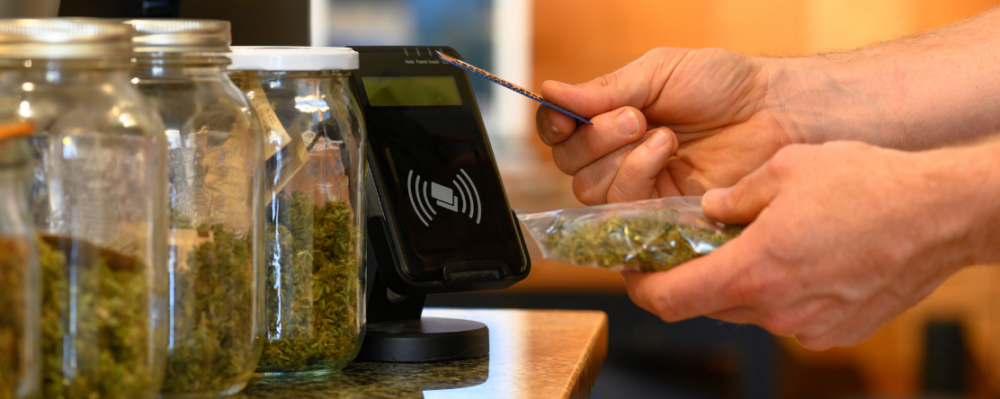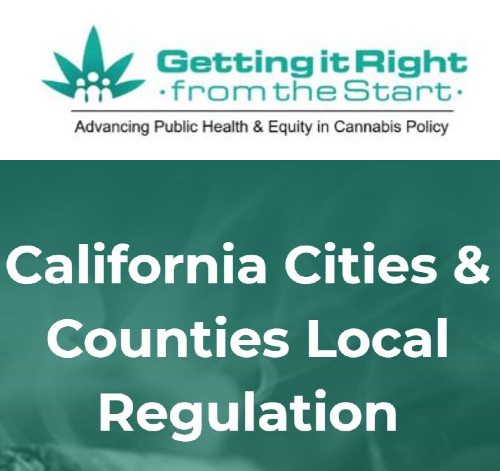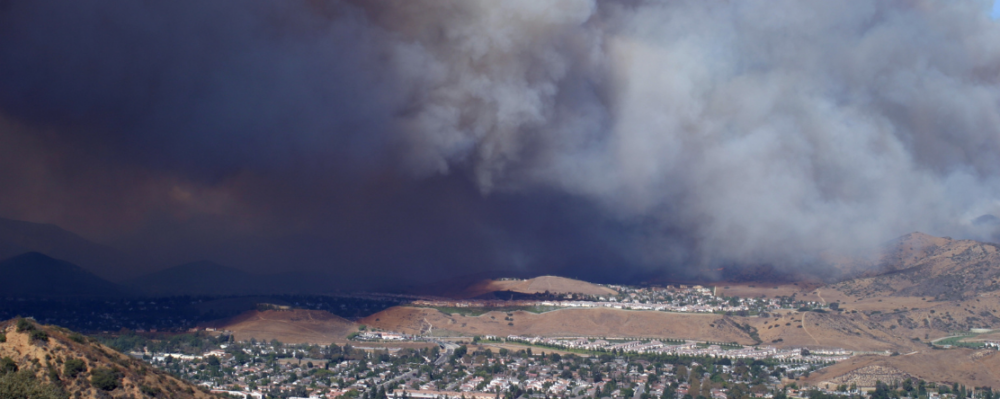
Press Release
The State of Cannabis: Local Scorecards Provide Glimpse into California’s ‘Wild West’ Patchwork of Cannabis Policies

Oakland, CA—For the first time, California cities and counties can measure how well their new cannabis ordinances are protecting youth and supporting social equity. Released today by Getting it Right from the Start at the Public Health Institute (PHI), 157 scorecards summarize cannabis policies in each of the California cities and counties that have opted to permit storefront sales of recreational cannabis. The scorecards bring light to a patchwork of local policies that often fall far short of what public health leaders believe is necessary to prevent the cannabis industry from following in the footsteps of Big Tobacco.
“California is solidly in the ‘Wild West’ of cannabis regulation, creating an overheated cannabis market that has already led to increases in teen use. This approach can have serious negative impacts on physical and mental health, as well as equity,” says pediatrician Lynn Silver, MD, MPH, who heads PHI’s Getting it Right from the Start project.
The City of San Luis Obispo scored the highest of all jurisdictions, with 52 points, thanks to several early and bold actions by the city council, including limiting the number of retailers and distancing them from places that serve youth. Contra Costa County came in second, showing nationwide leadership by prohibiting the sale of flavored products for inhalation or combustion, widely known to hook kids, and establishing zoning rules beyond state law to keep cannabis storefronts away from schools.
“The practical information PHI offers to cities and counties is indispensable, and was used to formulate our local rules,” says Dan Peddycord, Director of Public Health for Contra Costa County. “Local governments’ decisions over the next few years will be critical. If we do this right, we can provide safer legal access while reversing epidemic increases in youth vaping and heavy use of marijuana. But without swift action, we could expose our young people to harm for decades to come.”
Based on a 100-point scale, the scorecards measure 27 specific local policies across six categories: storefront-specific requirements, taxes and prices, marketing, smoke-free air, equity and conflicts of interest, and product limits. This is the first time the scorecards have been made public, and the project plans to publish updated versions annually. Scorecards were prepared only for those jurisdictions which allow storefront sales.
PHI worked with state and national subject matter experts, including cannabis businesses, regulatory officials, policymakers, local municipalities and community partners to identify best practices that can help communities better safeguard their youth and support social equity through passage of more thoughtful and effective cannabis policies.
The project’s data found that 157 of California’s 539 cities and counties allowed storefront sales of recreational cannabis by January 1st, 2020. Of those jurisdictions:
- 70 percent limited the number of storefront cannabis retailers—one of the most important and widely adopted policies.
- 80 percent established stronger buffers to distance stores from youth serving institutions or other sensitive use sites.
- 75 percent implemented local cannabis taxes, though only two of them assured in law that those taxes were allocated for substance abuse prevention, youth education or mitigating the impact of the war on drugs.
- Only one city, Cathedral City, taxed products by the amount of tetrahydrocannabinol (THC) in products.
- Most communities let the cannabis kid’s menu roll. Only one jurisdiction, Contra Costa County, banned flavored products known to be particularly appealing to youth, while three banned “cannapops”—cannabis-infused sweet beverages like orange soda.
- Most communities kept their storefront retailers smoke-free, though 34 went backwards on smoke-free air by allowing on-site cannabis consumption, bringing back the era of smoke-filled rooms.
- Only 13 had specific policies for equity in hiring or licensing, up from 5 in 2019.
Most jurisdictions had low scores, averaging 19 points, but scores improved by an average of 2 points between 2019 and 2020. Many launched their legalization process focused primarily on revenue- enhancing measures, like local retail taxes, but left public health guardrails and social equity provisions to be crafted later or not at all.
To assist local governments, Getting it Right from the Start offers model policies for cannabis retailing, marketing and taxation that cities and counties can adopt. The project also offers complementary resources and expert technical assistance to state and local regulatory agencies, policymakers and their staff, as well as community organizations and advocates.
The most current Local Cannabis Policy Scorecards, an overview of best practices throughout the state, the research methodology and many other resources are available at www.gettingitrightfromthestart.org.
See all 157 scorecards Download the press kit
More on Local Cannabis Policies
See more about the scorecards, including a fact sheet, an overview of best practices throughout the state, regional score summaries, information on the research methodology and more information. The most current Local Cannabis Policy Scorecards, an overview of best practices throughout the state, the research methodology and many other resources are available at the Getting it Right from the Start website.
More Updates
Work With Us
You change the world. We do the rest. Explore fiscal sponsorship at PHI.
Support Us
Together, we can accelerate our response to public health’s most critical issues.
Find Employment
Begin your career at the Public Health Institute.



